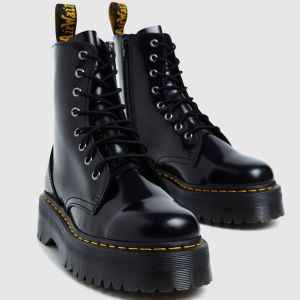Rock Lights and Environmental Impact
Posted by Digital Marketer on January 5th, 2024
In an era where environmental consciousness is a top priority, it's essential to examine the impact of various products, including automotive accessories like rock lights. While these lights offer aesthetic and functional benefits, understanding their environmental implications is crucial. This article will explore the environmental impact of brightest rock lights and how modern designs aim to balance performance with sustainability.
1. Energy Efficiency of LED Technology:
Many rock lights utilize Light Emitting Diode (LED) technology, which is known for its energy efficiency. Compared to traditional lighting sources, LEDs consume less energy, contributing to lower overall carbon footprints. This makes them a more environmentally friendly option for vehicle lighting.
2. Longevity and Reduced Waste:
The durability of rock lights, particularly those with LED technology, ensures a longer lifespan compared to traditional lights. With less frequent replacements needed, there is a reduction in the production and disposal of lighting components, contributing to a decrease in electronic waste.
3. Materials and Manufacturing Processes:
Manufacturers are increasingly mindful of the materials used in rock light construction. Opting for materials that are recyclable and environmentally friendly is becoming a common practice. Additionally, advancements in manufacturing processes aim to minimize environmental impact by reducing resource consumption and emissions.
4. Responsible Disposal Practices:
When the time comes to replace or dispose of rock lights, it's important to follow responsible disposal practices. Many components, especially those containing electronics, can be recycled. Manufacturers may also provide guidance on how to properly dispose of or recycle their products.
5. Sustainable Packaging:
The environmental impact extends beyond the product itself to its packaging. Some manufacturers are adopting sustainable packaging practices, using materials that are recyclable or biodegradable. This eco-friendly approach aims to minimize the overall environmental footprint of the product.
6. Environmental Certification Standards:
Some rock light manufacturers adhere to environmental certification standards. These standards, such as RoHS (Restriction of Hazardous Substances) compliance, ensure that the products are free from certain hazardous materials, promoting a safer and more environmentally friendly manufacturing process.
7. Consumer Awareness and Choices:
Environmental responsibility is a collective effort, and consumer choices play a significant role. As awareness of environmental impact grows, consumers can make informed decisions by choosing rock lights from manufacturers committed to sustainability and eco-friendly practices.
While rock lights contribute to an enhanced visual experience and safety in various settings, including off-roading and outdoor aesthetics, it's encouraging to see the industry moving towards environmentally conscious practices. In the next articles, we'll explore rock lights in popular culture, trends, and innovations in the field, providing a comprehensive view of this dynamic and evolving accessory. Stay tuned to stay informed about the exciting world of rock lights.


